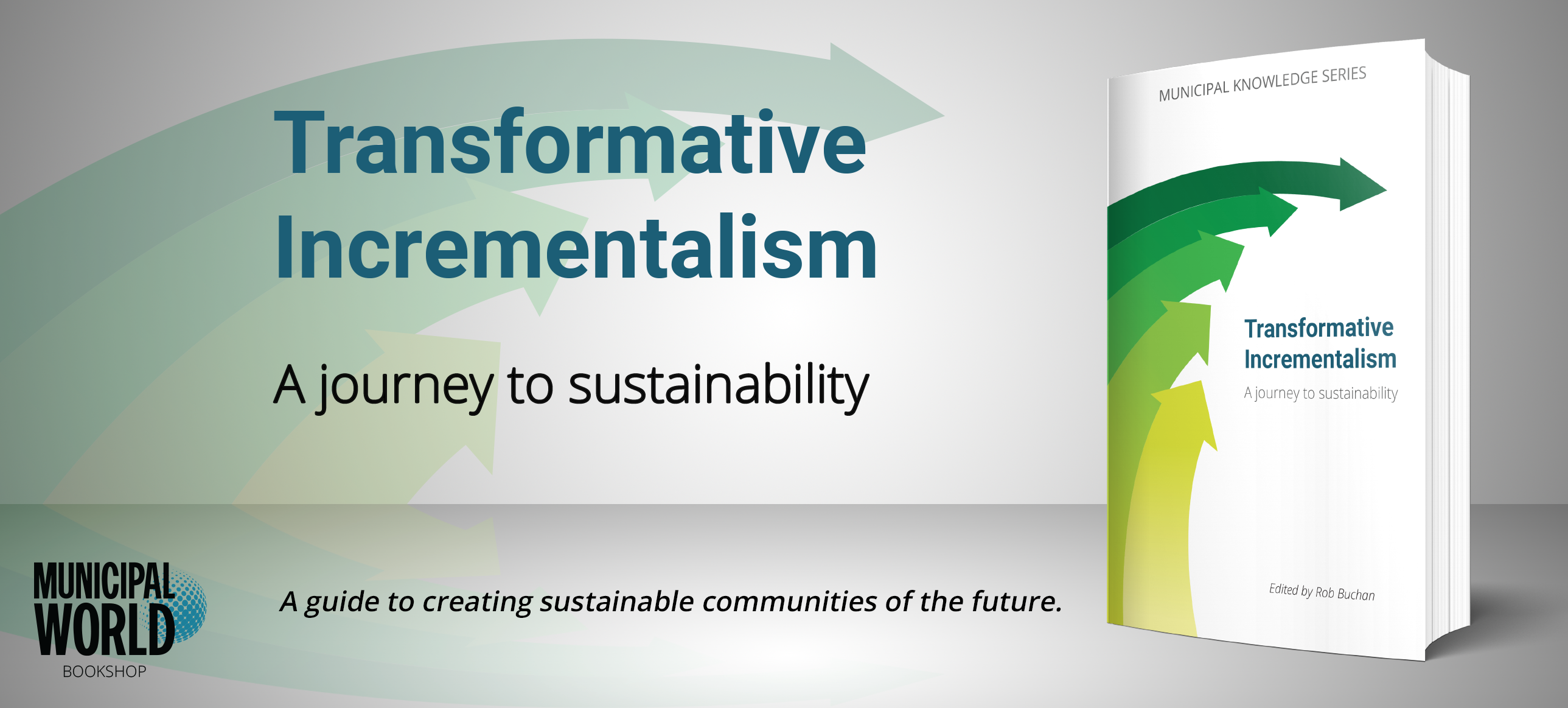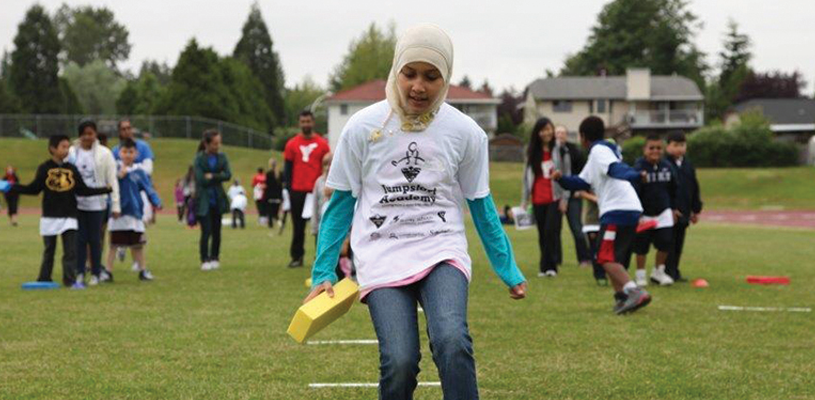The serious game of tactical urbanism

Professional planning has great influence in the design of public spaces so that they reflect a community’s needs, culture, and character. In general terms, this refers to creating a quality “sense of place.” This is best achieved through a cooperative process including the citizens of a community. One can think of it as the process that makes the advertising adage “location, location, location” a reality. Over the past decade, the value of this work to community livability, business resiliency and success, real estate development, and community health has become increasingly understood. The State of Michigan has even developed a state-wide economic development strategy focused on a high-quality sense of place in its communities. In describing this approach, Michigan Governor Rick Snyder states: “Economic development and community development are two sides of the same coin. A community without place amenities will have a difficult time attracting and retaining talented workers and entrepreneurs, or being attractive to business” (Community Development and Local Government Reforms to the Legislature, March 21, 2011).
This awareness of the importance of the qualities of a community’s public realm has also sparked the interest of citizens wanting to directly impact the way their neighbourhoods look, feel, and function. However, our towns and cities have had to become highly-regulated environments; even in the most lax and flexibly managed communities, all types of development are significantly restricted. Official plans, zoning by-laws, and design standards are just some of the tools used to help create healthy, active, and successful communities. However, these same tools, and the political processes that surround their implementation, can seem to be slow to react to evolving community needs. This means that the contemporary realities of the growing entrepreneur economy, changing family structures, demand for age-friendly developments, and need for active transportation-oriented neighbourhoods are far too often under addressed. Additionally, citizens often find it difficult to become involved in updating these planning tools because of limited expertise and/or financial and time constraints.
What is Tactical Urbanism
Out of an increased desire for high-quality built environments and growing frustration with complex land use management regulations and “red tape” has emerged a growing trend: Do-It-Yourself (DIY) interventions by citizens in public spaces. These hands-on projects are often referred to as “tactical urbanism.” Some projects provide small enhancements such as placing seating at key locations throughout neighbourhoods and at bus stops (“chair bombing”), or “depaving” projects that change unused parking and asphalted areas into green space, or the “Little Free Library” book dispensaries that support a culture of sharing and social cohesion. More intense tactical urbanism projects involve creating temporary plazas; pedestrian crossings and paths; or cycling routes along street corridors with paint, bollards, and other features. These initiatives all focus on making places more appealing, to more people, more often.
While tactical urbanism involves the temporary transformation of spaces, the intent is to have long-term influence on the community. Therefore, the most successful projects are not just for artistic or design expression, but also have high regard for the functional aspects of spaces. In Tactical Urbanism, Mike Lydon and Anthony Garcia describe these kinds of projects as approaches to city making that feature five characteristics:
1. A deliberate, phased approach to instigating change.
2. An offering of local ideas for local planning challenges.
3. Short-term commitment and realistic expectations.
4. Low-risks, with possibly a high reward.
5. The development of social capital between citizens, and the building of organizational capacity between public/private institutions, non-profit/NGOs, and their constituents.
The Changing Playing Field
At the forefront of this DIY city-building effort by citizens is the non-profit group Build a Better Block (see ). From their beginnings as an improvement-oriented neighbourhood group, they have evolved into an organization inspiring and helping people internationally. For example, in October 2013, a project in Sydney, Australia made Clovelly Road greener, safer, and more human centred in design. The road was temporarily changed by adding trees, tables, chairs, art, and music, encouraging the community to experience the street in a way that better supports livability (see ).
From these successes, local governments can learn that tactical urbanism has great potential as an effective design and Asset-Based Community Development (ABCD) process. There are many local details and refinements that need to be resolved prior to implementation and throughout these projects; but, there are two primary challenges:
- the almost complete lack of defined processes for such projects within municipal governments; and
- determining and assessing the value(s) as both temporary and permanent projects at some point in the future.
Some municipalities are beginning to take the next step and figuring out how to integrate tactical urbanism into their structures. Peter Smith, city council CEO for Adelaide, South Australia has defined critical elements for practising this kind of “place oriented” approach to design and governance. These could be easily integrated into the planning processes and regulations found throughout Canada and describe an evolution where municipal planning and citizens become co-creators and curators of the public realm:
- co-create the vision with those who live and work in the area;
- government policy should be “wide and narrow”;
- outsourcing and new forms of partnership are needed;
- government’s role is to “facilitate” many, but “do” few;
- innovation must be supported by local government flexibility;
- strong community governance models should becoming self sufficient; and
- deregulation and less focus on compliance are keys to making it all work.
This Can Be a Rough Game
Tactical urbanism reflects important connections between increased awareness, temporary improvements, and the potential for shifting or compounding problems. These aspects must be considered by municipalities, planners, engineers, and citizens, so that the benefits can be realized without too much “red tape.” For example, although well intentioned, there is a need for caution when citizens undertake projects such as painting roadway markings (e.g., crossings and bike lanes) in an attempt to make them safer. There are specific design criteria relating to visibility of markings and driver reaction times, for example, that need to be taken into account; if done incorrectly, these projects can increase the risk to both pedestrians and drivers.
The City of Hamilton was able to quickly respond to just such an instance in 2013. “One of these (tactical urbanism projects) was the installation of temporary traffic-calming cones to create pedestrian “bump-outs” at the corner of Herkimer and Locke. Community reaction to this intervention was generally positive, and often enthusiastically so. City hall has subsequently embraced the idea” (June 5, 2013, “Tactical urbanism: Citizen-inspired change,” Hamilton Spectator).
Anyone Can Play
Most examples of tactical urbanism highlight the advances made by large cities such as New York, San Francisco, or Toronto. However, there are many smaller cities and towns where tactical urbanism is being integrated into existing planning frameworks. This is a necessary next step in the evolution of this approach, because it makes it part of a systemic tool for community building.
During the summer of 2014, the Town of Penetanguishene, Ontario conducted a tactical urbanism road diet and patio enhancement project. This helped them achieve a number of key goals associated with a significant downtown redevelopment project. Examples included testing road configuration and value engineering the street design; engaging citizens; feasibility analysis for pedestrian amenities; and market testing of outdoor patio spaces for businesses.
In Fenelon Falls, a small community within the City of Kawartha Lakes, Ontario, tactical urbanism has also been used to inform an upcoming downtown redevelopment project. In this case, they have begun the process even earlier, with two documents crafted that define a series of cooperative projects for citizens and the city’s planning, economic development, and engineering staff. These will be implemented and monitored for the purpose of directly informing the final design and requirements for contracting firms that will complete the redevelopment project.
Three more Ontario municipalities that are leading the way and showing that size of a community does not restrict its potential for using tactical urbanism as an effective, engaging, and low cost approach to facilitate community improvement are the towns of Bracebridge and Collingwood, and Township of Essa. They have all included this method in their active transportation plans. The results will be creating incremental improvements to their walking and bicycling infrastructure with reduced costs and improved citizen participation. One common project is a wayfinding signage system adapted from a successful tactical urbanism project in North Carolina. Walk Your City is a low-cost, easily-implemented, and pedestrian-focused signage program that has evolved from its initial launch in Raleigh, NC to a scalable design and implementation resource being used by communities across North America www.walkyourtown.org.
Game Time
Regardless of the final outcome of tactical urbanism projects, it is easy to see the potential benefits for municipalities and the public. At the very least, anytime community members and professional planners work together in cooperation for everyone’s benefit, the act itself is a positive outcome. Community building is a team sport, and the popular game of tactical urbanism is something more towns and cities should be learning to play. MW
as published in Municipal World, May 2015



